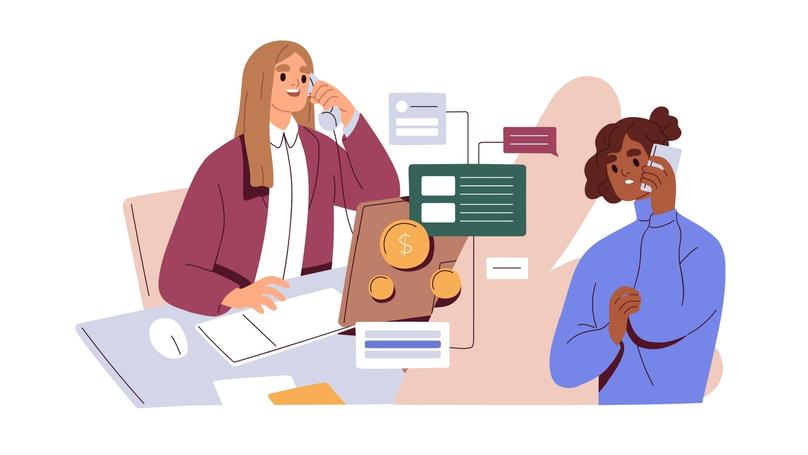Customer onboarding
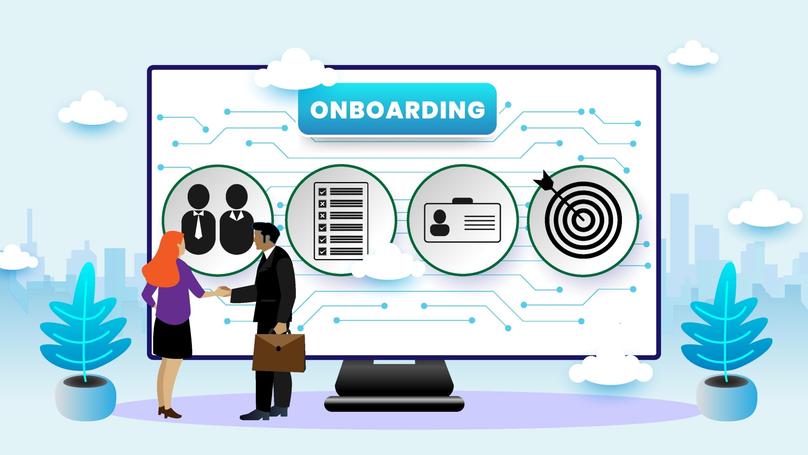
What is customer onboarding?
Customer onboarding is designed to guide customers from their first encounter with your product to its purchase and usage. The very definition of customer onboarding encompasses the entire period from when a customer first becomes aware of you until they become a loyal, long-term client integrated into your business. This process uses tools such as pop-up widgets, tips, support services, and other methods to establish communication with the customer and guide them along the desired path (essentially through the sales funnel).
Effective client onboarding also serves an educational purpose, helping customers learn about your product, understand its value, and use it to solve their problems effectively. Many companies miss out on repeat sales due to a lack of proper onboarding, as they focus solely on making an initial sale rather than smoothly integrating the customer into the product and its capabilities. In simple words, onboarding is a program designed to work with customers from the moment they are attracted to your business. It is used across various industries and niches, including banking, b2b, Saas, etc.
Why customer onboarding is important
Customer onboarding offers long-term benefits for businesses, such as:
-
Simplifying the customer experience, thus increasing the likelihood that they will stay with you long-term. If customers don't fully understand how to use a product, they are unlikely to use it frequently or want to make additional purchases. The same applies to any issues, questions, or interests the customer may have. Onboarding addresses these by making information and communication easily accessible.
-
Demonstrating product value and enhancing company reputation. Good treatment of existing clients and maintaining loyal customers attracts new ones, as it reflects good service and high-quality offerings.
-
Reducing customer drop-off rates in the sales funnel. More customers will reach the end of the funnel and purchase, as onboarding prevents them from "getting lost" or losing motivation.
-
Turning regular customers into loyal ones. All the above benefits lead to an overall increase in the customer base and deeper engagement with your company, resulting in long-term customer relationships.
Thus, customer onboarding helps customers make purchases efficiently, easily, quickly and sets the tone for communication and interaction with the company. It helps build long-term relationships and reduces churn. It can also include new customer onboarding. Here are a few more facts highlighting the importance of onboarding:
-
The majority of a company's revenue comes primarily from existing customers, not new ones.
-
Satisfied customers, especially loyal ones, are a valuable source of referrals. Use them to onboard customers faster!
-
Retaining customers reduces the costs associated with attracting and advertising to new ones.
Customer onboarding process and steps
From the user's point of view, the customer onboarding process consists of the following four stages:
-
The "Aha" Moment. This is the moment when a customer sees your product and suddenly realizes, "Yes, this is what I need." The goal of onboarding at this stage is to make this moment as quick, natural, and obvious as possible, reducing the time between the product appearing before the customer and this realization. It is also important to quickly deliver value and prove that the customer made the right choice.
-
Activation. This stage occurs when the customer first uses your product or its trial version, discovers new features, realizes its value, and transitions from mere interest to genuine appreciation and recognition of their need.
-
Adoption. This is when the product becomes indispensable in the customer's life or work, and they are fully engaged in using it. Reaching this stage signals successful onboarding.
-
Experienced User. This is the final stage of onboarding, where the customer needs to be retained rather than merely reached and left. These customers use the product regularly, are loyal to your company, and may even recommend your product to others.
Onboarding does not have a clear-cut scheme that your managers can strictly follow. One of the key factors in successful onboarding is personalization, which creates a sense of individual approach and mutual understanding. Therefore, customer onboarding should be adapted and adjusted for each specific customer, though it can start from a standard customer onboarding template with eight steps.
Step 1. Guides and Mini-Tasks to Engage the User.
To engage the customer in the onboarding process, guide them to where they can connect with your company. This can be done using widgets, pop-up tips on the website with instructions, etc. Completing mini-tasks, such as viewing a page or subscribing, gives the customer a sense of accomplishment, introduces them to the company, and sparks initial interest.
Step 2. Automated Welcome Message
This message is sent when the user, for instance, registers, sets up a personal account on your website or places an order. It confirms that the user has joined the company, serves as a congratulations, and provides instructions on what will happen next and the subsequent steps. This ensures the customer doesn't feel abandoned or forgotten.
Step 3. Personalized Welcome
Ideally, this should be sent within 24 hours, but it is acceptable within 48 hours. This is a more detailed welcome, written specifically for the customer with more detailed instructions and recommendations. For example, if a customer has chosen a new scooter model, offer accessories specifically for that model, provide a contact number for questions about the scooter, send answers to the most popular questions, or even schedule a personal introduction if the purchase is significant. It is crucial to take on all information search tasks for the customer so they don't have to solve issues independently.
Step 4. : Product Training
Within the first few days after purchase, it's important to explain to the customer how to use the new device, what previously unknown benefits it has, how to integrate the product into various processes, and so on. Expert knowledge should be packaged in a way that is convenient and easy for the customer to use and understand, such as by providing access to a knowledge base or video tutorials in one place.
Step 5. Rewards
When your customers first use your product or do so regularly, they should be rewarded. This could be symbolic achievements, like in video games, that pop up as they progress, or tangible rewards like discounts, bonuses, or company merchandise that can be collected or displayed. The right format for rewards helps build company culture and develop its personal brand.
Step 6. Planned Communication
Even when the customer regularly uses your product, it's important to interact with them periodically and remind them about the corporate values. Email newsletters, periodic calls asking if everything is okay with the product, and so on, can help. The key is not to make these interactions too frequent and gradually reduce them; for example, connect with the customer weekly at first, then monthly, and then every 90 days while making the interaction more intense when the customer is likely to make another purchase (e.g., upgrade the device or buy consumables).
Customer onboarding software
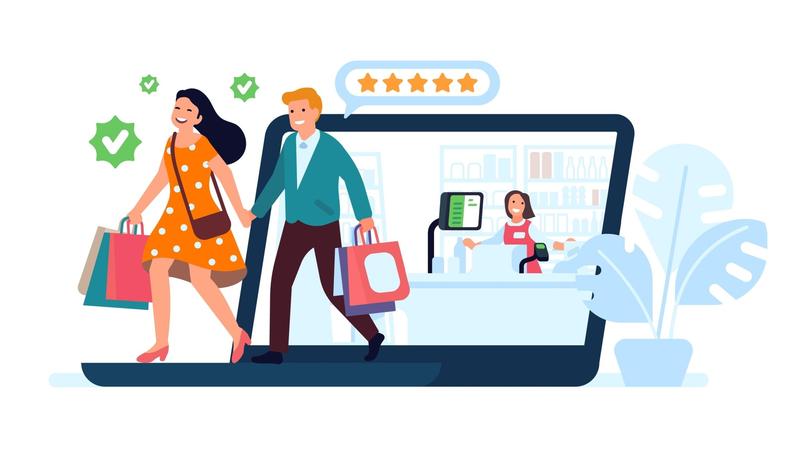
The most important features of customer onboarding software are detailed analytics and statistics and the ability to integrate with other programs and any system. There are many customer onboarding software options with different focuses, but some of the most recommended include:
-
Fullview. A cloud-based program that allows two or more users to view web pages, browser tabs, or any applications simultaneously for joint use. Fullview can manage joint projects and interact more conveniently with customers by helping them set up new equipment. It's a remote access and teamwork service, ensuring each participant's data remains confidential.
-
Userpilot. A comprehensive service for user interaction at all onboarding stages, starting from registration. It includes an AI assistant for writing engaging content and creating instructions, customer onboarding checklists for tracking user paths, funnel analysis, conversion trajectory, and other monitoring and automation tools.
-
Bonsai. A comprehensive business management tool that acts as a smart assistant for handling company accounting, documents, and finances. It can automate sending contracts, proposals, forms, invoices, etc. It's ideal for financial organizations and integrates with any CRM.
-
HoneyBook. A project management tool for small businesses, independent entrepreneurs, and freelancers. It serves as a centralized repository of customer data and can structure and automate its processing.
-
OnRamp. A customizable client portal where you can upload necessary materials and information for your clients, personalized for each segment or individual client. OnRamp ensures your clients have easy and quick access to everything they need without your direct involvement.
-
Clientary. A large-scale, multifunctional platform for finding potential clients, tracking tasks, creating proposals and estimates, accepting online payments, and managing your business without jumping between different tools.
There are also other customer onboarding solutions, some of which are used for remote onboarding, which means hiring and training employees remotely.
Customer onboarding metrics
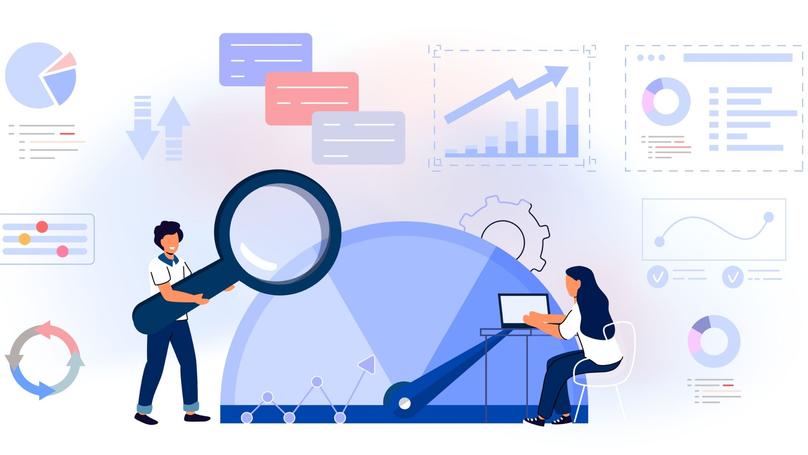
When analyzing the effectiveness of your onboarding process, consider the following metrics:
Program Completion Rate
This metric reflects the number of new clients who successfully completed your onboarding program (up to the retention stage). It also shows how many customers understand your product and its value since only those who completed onboarding can be considered fully onboarded clients.
-
Measured in: percentages %
-
Ideal value: 100%, because it means all clients have successfully completed onboarding
-
When it is measured: monthly or quarterly
-
Calculation: (Total number of users who completed all onboarding / total number of customers for the period) x 100
Time to Value (TTV)
This metric measures the total time a user takes from registration (the "aha" stage) to begin using the product. The shorter this period, the higher the business's ROI, the greater the chances of customer retention, and the reduced churn.
-
Measured in: days, weeks, or hours
-
The ideal value: the lower, the better, but it depends on the product's complexity
-
When it is measured: for each customer after they started using the product
-
Calculation: There is no formula; you must manually track the time the client spends on onboarding through key actions or using software.
Engagement Level
This metric tracks interaction points with the customer during onboarding. The more interaction points there are, the less interested the customer is in the product and company, resulting in lower engagement levels. This metric helps analyze user behavior, develop more effective onboarding points, and gamify the process.
-
Measured in: percentages %
-
Ideal value: 100% because it means active interaction with the brand
-
When measured: monthly or quarterly
-
Calculation: (Total number of customers who performed a set of actions or a single action over the period / Total number of registered customers) x 100
Customer Churn Rate
This metric shows the number of customers who abandoned your product and did not complete onboarding. The higher this metric, the lower the onboarding effectiveness, as good onboarding should reduce churn.
-
Measured in: percentages %
-
Ideal value: Lower is better (indicating higher retention)
-
When measured: Monthly or quarterly
-
Calculation: (Total number of customers who dropped out over a specific period / total number of customers at the beginning of that period) x 100
Product Adoption Rate
This metric reflects how frequently and effectively customers use a product or service. It not only indicates the success of onboarding but also the product's popularity. It's important to note that product activation is a one-time process, while adoption is an ongoing one, where the user not only understands the product's value but also applies it in practice. When analyzing onboarding, this metric is extremely important.
-
Measured in: percentages %
-
Ideal value: higher is better because this means that the product is used constantly
-
When measured: monthly or quarterly
-
Calculation: (Total number of active customers using the product or a specific feature during the period / total number of registered customers during that period) x 100
Free-to-Paid Conversion Rate
This metric is used when onboarding is also aimed at converting customers from a free or trial subscription/product to a paid one. It is particularly important for SaaS companies. This conversion rate increases by educating customers and helping them realize the value of the full version of the product and its features.
-
Measured in: percentages %
-
Ideal value: high, indicating successful conversion of users
-
When measured: monthly or quarterly
-
Calculation: (Total number of customers who switched from free to paid version / total number of free trial users during the same period) x 100
Best practices in customer onboarding
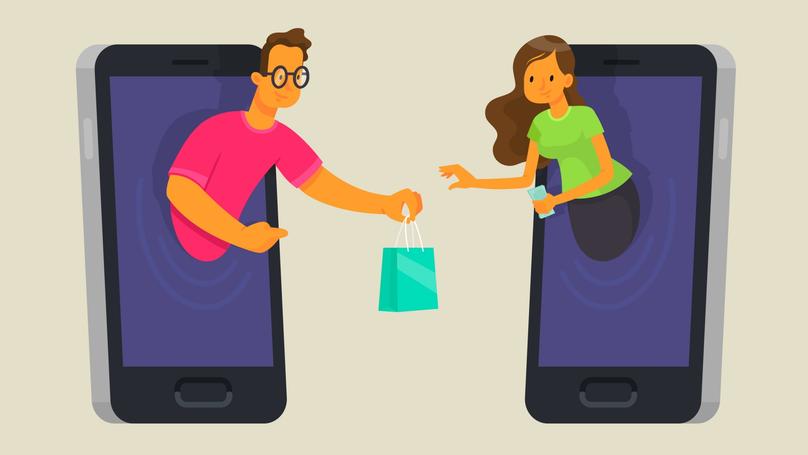
Here are some tips on how to improve the customer onboarding process and best practices to include in your onboarding system at various stages:
-
Reduce the number of registration steps to a minimum
The more steps there are, the higher the customer churn rate. Remove unnecessary form fields, shorten the required character count, and eliminate overly personal or ambiguous questions. Aim to create a sense of mutual trust through the form. Registration is the foundation of future customer relationships. The fewer obstacles to registration, the better. Also, check if the pages load quickly and if there are any connection errors on the site.
-
Develop a series of welcome emails
If you are wondering how to onboard new customers, you definitely need an email campaign. Introducing new customers to the company should be done gradually; email newsletters are perfect. The most important email is the first one, as more than 80% of customers open it. Include the most important information about the product or company in a concise and easy-to-understand format. Subsequent emails can include:
-
Usage instructions, next steps, etc.
-
A discount or bonus for using the product.
-
Recommendations, company news, etc.
- Create a personalized and detailed user guide
Ensure the customer uses your product to its fullest potential and doesn't miss out on anything. If they only use the product "partially," you won't be able to successfully onboard them. Write down all the key steps to fully realize the product's potential, with visualizations, framework, and interactive elements for better understanding. Ideally, personalize each guide for different segments or products if they differ.
- Add interactive features and highlight the important ones
Implement digital customer onboarding. For example, chatbots. Your website, product, or apps likely have particularly important or useful features and sections you want to highlight. Do this by implementing interactive elements, banners, pointers, and demonstrations. This is especially important for hidden features that, as you've discovered, customers find difficult to locate or master.
- Create a knowledge base
The key to successful onboarding is to provide customers with timely and comprehensive information about the product and possible solutions. The easiest way to do this is by creating a unified repository of materials that users can access anytime, anywhere. When creating it, focus on the questions customers frequently ask and use artificial intelligence to optimize content search, making it as simple and convenient as possible.
- Create landing pages
Landing pages can personalize your website for each user segment. If a user is specifically looking for laundry services, they should start their journey with the laundry page, not a massive page covering everything-laundry, sewing, house cleaning, repairs, etc. A landing page also helps address user objections immediately by including all the information that the laundry service-seeking user would likely be interested in.
- Study and map a customer journey
Effective onboarding requires a clear understanding of your customer's path from the first encounter with your product to its use. Each segment should have its journey with specific touchpoints tailored to its needs. This ensures that the customer onboarding process flow is consistent, but you'll need data to map it out:
-
Is the product price a decisive factor in the customer's decision-making?
-
Do users need to learn more about the product, or is the available information sufficient?
-
At what point are they most likely to make a purchase decision?
-
What problems do they face during the process?
A well-crafted customer journey helps increase user conversion. You can test these journeys by creating separate pages for them and conducting tests.
Conclusions
Customer onboarding is a multi-step, ongoing, and integral process essential for your business and customers to ensure their user experience with your products is complete. Onboarding engages customers in the company's life, turns them into repeat buyers and referral sources, and attracts new potential audiences. This, in turn, ensures the long-term viability of the business, helps it establish itself in its niche, and builds a reputation and popularity, which is essentially the foundation for brand building. Customer onboarding can be managed by an onboarding specialist or mid-level managers. All it takes is developing a customer onboarding strategy and incorporating its key principles into your workflow. When you have a well-developed plan for your onboarding strategy, success for your business is guaranteed!



















